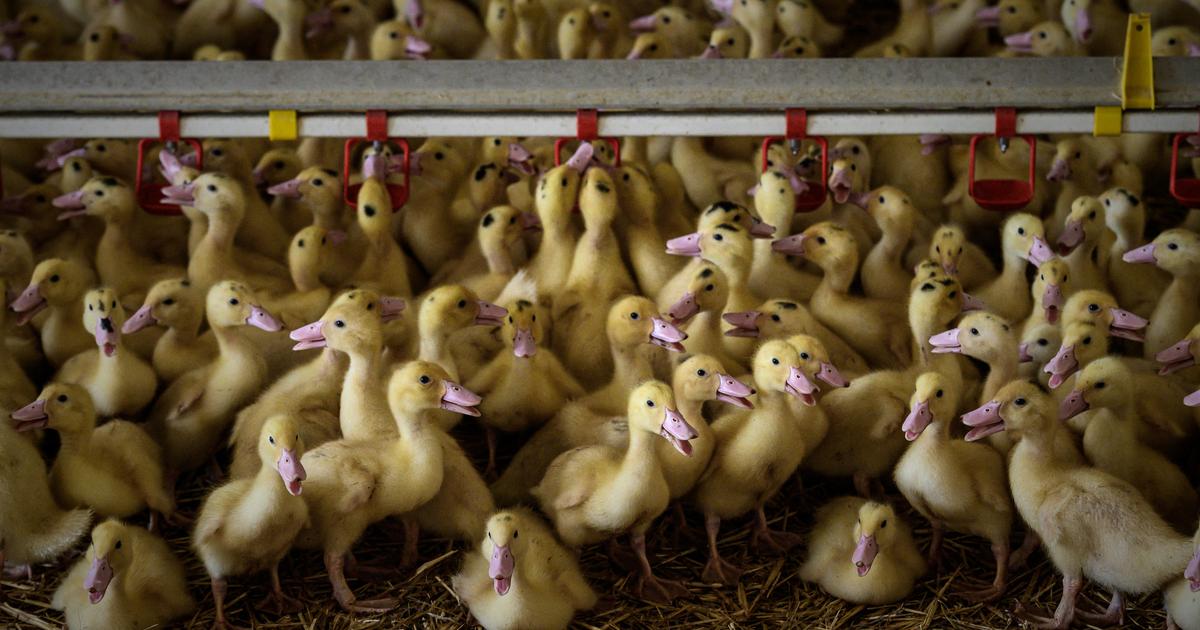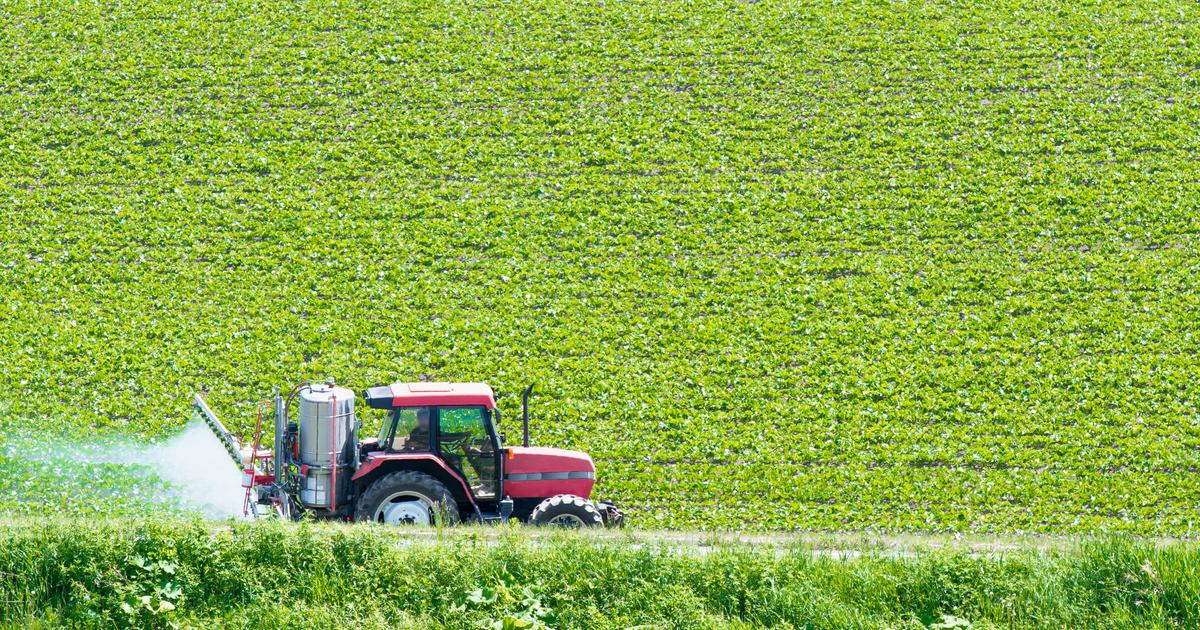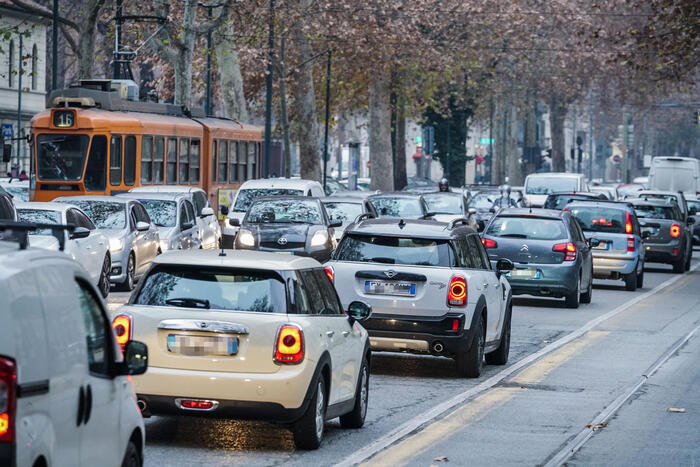Brussels presented its plan on Tuesday to drastically reduce polluting emissions from industrial sites, intensive farming and the mining sector, by tightening restrictions on fluorinated gases harmful to the ozone layer, present in refrigerators and air conditioning systems. .
To achieve its climate goals, the European Commission wants to toughen its directive on "
industrial emissions
", which currently covers 30,000 factories and 20,000 intensive farms responsible for 40% of greenhouse gas emissions in the EU and half of emissions of sulfur oxides and heavy metals.
Read alsoIPCC report: ways to reduce the carbon footprint of the agricultural sector
The revision proposed to States and MEPs will tighten the conditions for approving sites with stricter polluting limits.
Above all, the regulations would be extended to include large cattle, pig and poultry farms with more than 150 "
large livestock
" units: i.e. 185,000 farms, which currently generate 60% of ammonia emissions from livestock in the EU and 43% of methane emissions.
The farms currently covered represent only 18% of ammonia emissions and 3% of methane emissions.
The Commission also wants to apply the legislation to the mining sector, but excluding "
energy minerals
" such as coal, and to giant factories producing batteries for transport.
Some 1,500 to 1,900 additional industrial facilities would be affected.
At the same time, Brussels is proposing to toughen its regulations on fluorinated gases - essentially hydrofluorocarbons (HFCs) used in refrigerators, air conditioners or as blowing agents for foams.
Fluorinated gases, with a global warming potential several times greater than CO2, are the subject of a global agreement to restrict them.
A reduction of 310 million tonnes of CO2 equivalent
The Commission plans a drastic system of quotas and the establishment of a "
fixed price
" to reduce "
by 98%
" the impact on the climate of new HFCs placed on the European market between 2015 and 2050. It proposes that the gases fluorinated compounds are only permitted in equipment for which there are no alternatives.
The obligations of companies (detection of leaks, waste, labelling, etc.) will be toughened and the penalties increased.
Read alsoClimate: have greenhouse gas emissions dropped by 12% under Emmanuel Macron's five-year term?
The revision on fluorinated gases "
will allow an additional reduction in emissions of 310 million tonnes of CO2 equivalent, i.e. Spain's total annual greenhouse gas emissions in 2019
", underlines Brussels.
Moreover, the European executive wants to minimize the release into the environment of CFCs (chlorofluorocarbons), the main responsible for the destruction of the ozone layer, used in the past before being banned under the Montreal Protocol and replaced by HFCs.
Targeted tougher requirements for the recovery or destruction of insulation foams and other materials containing CFCs would “
avoid the equivalent of 180 million tonnes of CO2
”, or Dutch emissions, in one year.






/cloudfront-eu-central-1.images.arcpublishing.com/prisa/D3KKZZA5HZBEDA4TSYE7XVGSKQ.jpg)


